How to Make Smoked Tri Tip: A Recipe for Success
Do you want great BBQ, but don’t want to break the bank on a huge piece of meat? Or spend all day at the cooker? Cook tri tip! Tri tip is an economical cut that is deliciously beefy. Like skirt steak, you have to make sure you cut it correctly, but it has a much steakier texture that is hard to resist. And no matter wheat season you cook it, it’s a heckuva great cut to make. Tri tip has skyrocketed in popularity, so it’s more available now than ever. Grab one at your local market smoke it up (to temp) and impress your neighbors. Let’s look at what it is and how to cook it.

Grab the tools you need for this delicious recipe here:
What is the Tri Tip?
Tri tip is the tensor faciae latae muscle, from the bottom end of the sirloin. It sits below and in front of the cow’s hip. People call it “tri tip” in reference to its triangular shape and the fact that it comes from the tip of the sirloin primal. The sometimes-applied moniker “Santa Maria steak” actually refers to a specific preparation of this muscle, not the muscle itself.
This cut is a delight because of its lean tenderness, juiciness, flavor, and relatively low cost. Because of its low ratio of connective tissue, it is as tender as—or even more tender than—a strip steak. And juicy? We doubt there is a juicier cut. Juice positively pours out of it when sliced, yet the flesh remains moist. With a price point well below that of most steaks, it may offer the best value for steak.

How to Smoke a Tri Tip
As noted above, the tri-tip is sometimes called a Santa Maria Steak—a part of traditional central-California barbecue. In the Santa Maria preparation, people grill it or cook it on a rotisserie. And if the internet is any guide, people also cook the tri tip roast in the oven like, well, a roast. Don’t get us wrong; those are all wonderful ideas. But we think one of the best ways to cook this delicious cut of meat is to smoke it. Following the guidelines put forward by Smokingmeat.com and How to BBQ Right, we decided to cook our tri tip a bit lower and slower than you would in an oven to get a rich, smoky taste, and then reverse sear the meat on the grill to get those Maillard-browned flavors that we love so much.

Smoker Temp for Tri Tip
We set our smoker for 220°F (104°C) to cook this meat. That’s too low a temp to get any browning on the meat, but is perfect for cooking the meat gently to avoid gray banding on the inside. And 220°F (104°C) is a temperature that will give us plenty of good smoke flavor. The gentle, slow heat in this case also doesn’t take that long—this isn’t a full-on BBQ cook. We’re only taking this piece of meat up to about 110°F (52°C) for medium-rare (115°F [54°C] for medium) before we take it off the smoker, and that almost always takes less than an hour. Pulling it from the smoker at that temp gives us plenty of thermal space to sear the meat without overcooking it. Use RFX MEAT in the tri tip to monitor the rising temp from your phone. Set the high-temp alarm to the temperature corresponding to your preferred doneness and smoke it!

Searing Tri Tip
While the tri tip is smoking, you can preheat a grill to sear the meat. When the app alarm for RFX MEAT sounds, take the tri tip off the smoker and toss it on the grill, right over direct heat. Give it a minute or two per side until the color gets to where you want it to be. You can leave RFX MEAT in the tri tip during the sear—the external part of the probe can handle up to 1,000°F! You’ll see the temp continue to rise on your app, but don’t wait for it to get to your desired doneness temp before you take it off the grill. You’re pumping a lot of heat into the meat, so it will carryover and evenly distribute that heat after you take it off the grill. If you pull it from the smoker at the recommended temps and sear just until browned, you should hit your desired doneness.

The Perfect Smoked Tri Tip Temp
This is a cut of meat that you will want to cook like a quality roast or a steak: shoot for 130°–145°F (54°–63°C), and have rosy, juicy tender meat. To make sure we hit this target, and are smoking in the appropriate temperature range, we recommend a leave-in probe thermometer like RFX MEAT and RFX GATEWAY—you can use RFX GATEWAY’s air probe to monitor the smoker temp as you cook. As we said above, you’ll have carryover cooking after the sear, but the final temperature we’re trying to hit can be found in the temp chart below.
Chef-Recommended Beef Doneness Temps
| Rare | Medium Rare | Medium | Medium Well | Well Done | |
|---|---|---|---|---|---|
| Beef, Veal & Lamb Roasts, Steaks & Chops | 120°–130°F (49–54°C) | 130°–135°F (54–57°C) | 135°–145°F (57–63°C) | 145°–155°F (63–68°C) | 155°F (68°C) and up |
Slicing Tri Tip
Although the tri tip is a steak-like cut, it has very long muscle fibers, and long muscle fibers mean stringy, chewy steak if you don’t handle them correctly. You have to cut across the grain of the meat fibers to shorten the individual fiber pieces you’ll be eating. Look at the clip below for tips on cutting the tri tip.

As you can see, the grain of the meat runs radially from the ‘outside’ corner. To deal with this, we recommend cutting from said corner toward the crook of the meat, then slice each piece against its grain. You could start at the thinnest corner and cut perpendicular to the grain as you move along, adjusting your knife angle a little bit each time, but the two-chunks method really is easier to get slices that are perpendicular to the grain.
When it comes to a quality cut at a great price, you cannot beat the tri tip. This beef cut is sweeping through the BBQ and grilling world—and with good cause! Try one this weekend, and use your RFX MEAT, RFX GATEWAY and Thermapen ONE to make sure you get the very best out of this tasty, tender piece of meat!

Smoked Tri Tip Roast Recipe
Ingredients
- 1 Tri tip roast trimmed
- 2-3 Tbsp Dijon or brown mustard
- 4-5 Tbsp your favorite BBQ rub or a 50/50 mix of salt and black pepper
Instructions
- Heat your smoker to 220°F (104°C).
- Rub the roast all over with the mustard and then the rub.
- Insert RFX MEAT up to the recommended immersion line in the tri tip with the probe tip as close to the thickest part of the meat as you can get it. In the app, set the high-temp alarm to 110°F (52°C) for medium-rare or 115°F (54°C) for medium. (Yes, those temps are low, but we'll be searing it and raising the temps on the grill.)
- Set up an air probe, with the high alarm set to 245°F (118°C) and the low alarm set to 195°F (91°C).
- Place the meat in the smoker.
- Close the smoker and cook the tri tip.
- While the meat smokes, preheat a grill for searing.
- When your meat alarm sounds, verify the temperature with your Thermapen ONE to be sure the meat has reached the temperature you are looking for.
- Place the tri tip on the grill for a few minutes on each side to give it some yummy Maillard browning and caramelization. Check the temp with your Thermapen ONE the app so you can refine your pull temps as you learn more about this cut and your grill. Our target final temp is 130–135°F (54–57°C) for medium rare. We pulled it a little above 120°F.
- Allow the roast to rest for 10 minutes to allow carryover cooking to finish and for the proteins to reabsorb the juices in the meat.
- Slice your tri tip and enjoy! In this case, we made a superior steak sandwich which was one delicious way to eat this remarkable cut.
References:
Read more about tri tip at Smoked Tri-tip Roast by SmokingMeat.com
and at Smoked Tri Tip Recipe by HowToBBQRight.com



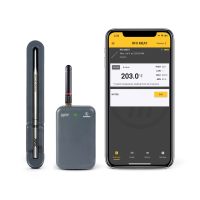
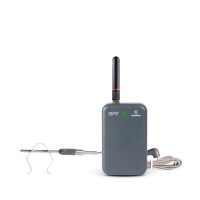
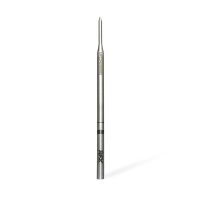
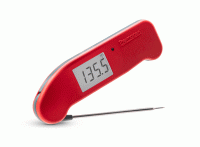
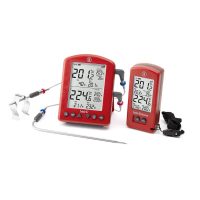
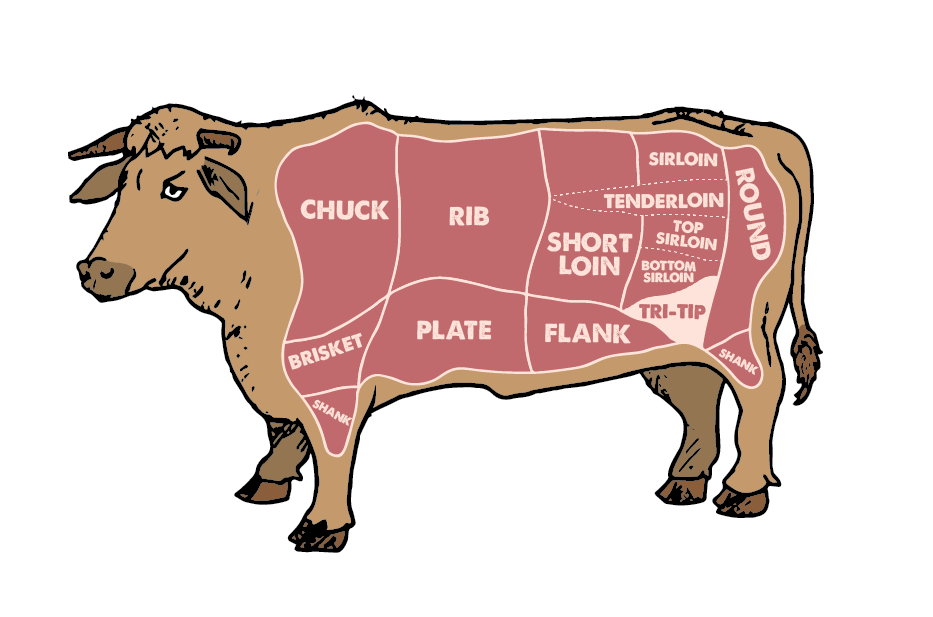

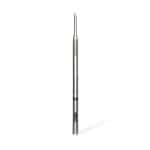
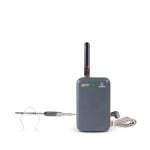
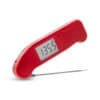


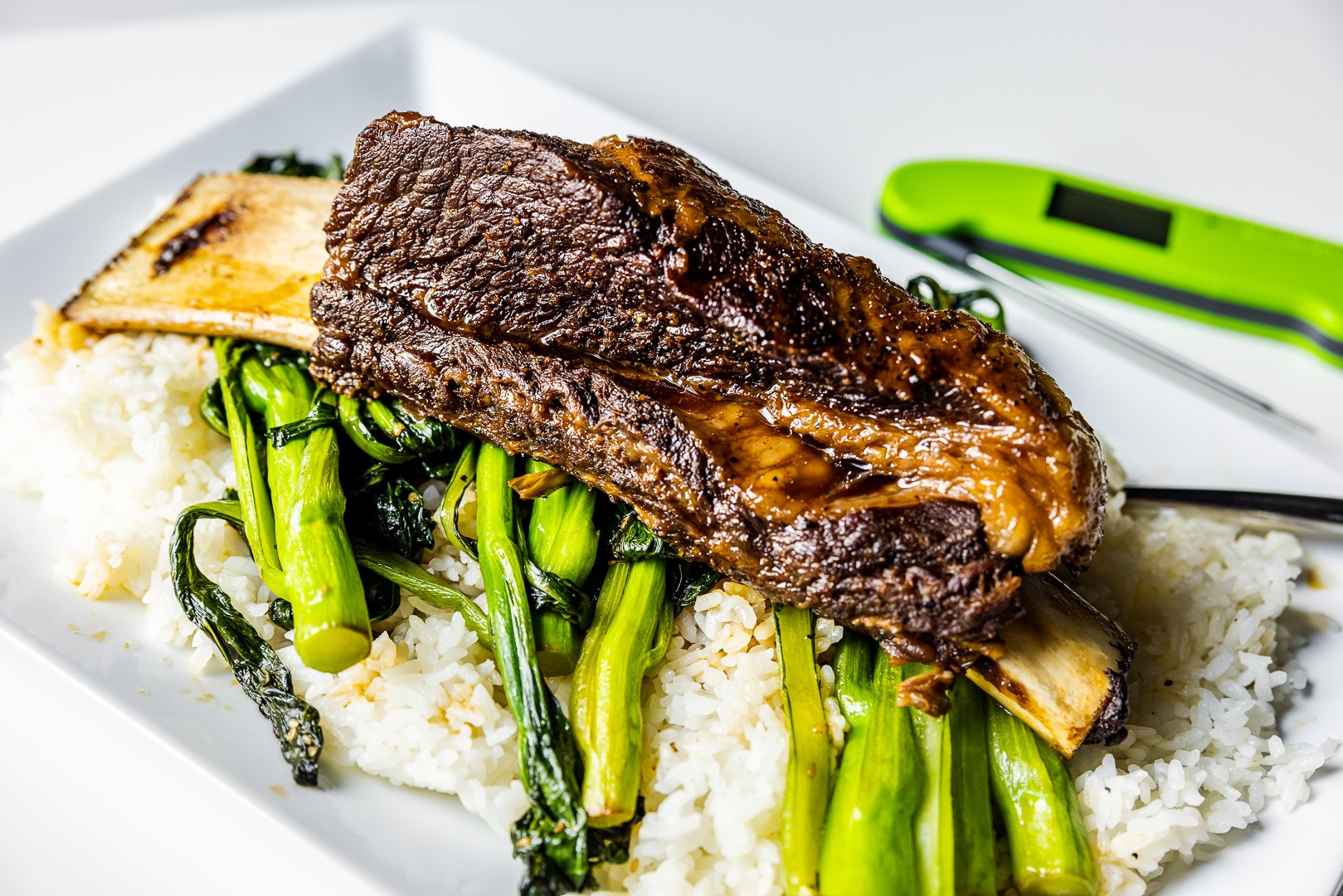


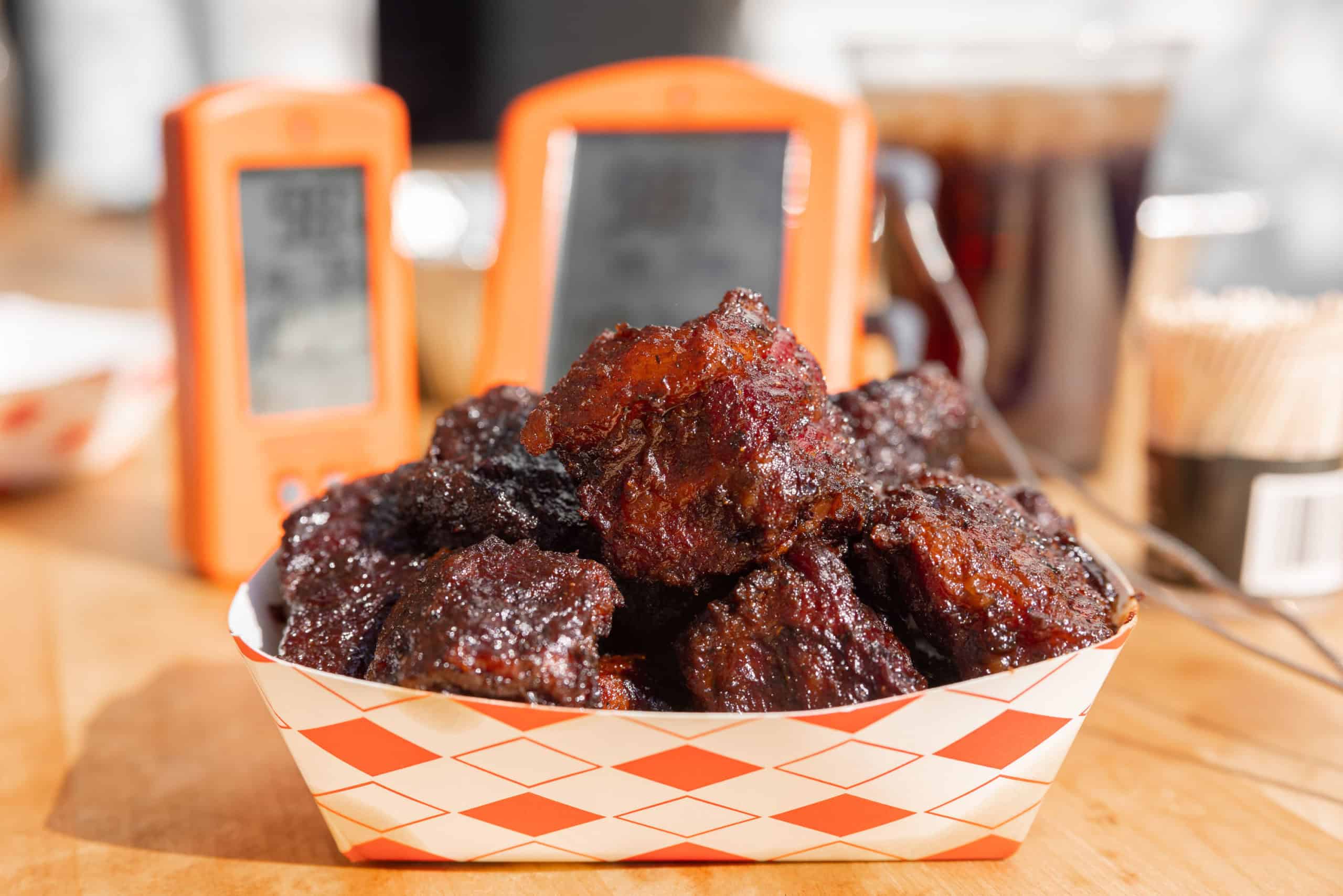
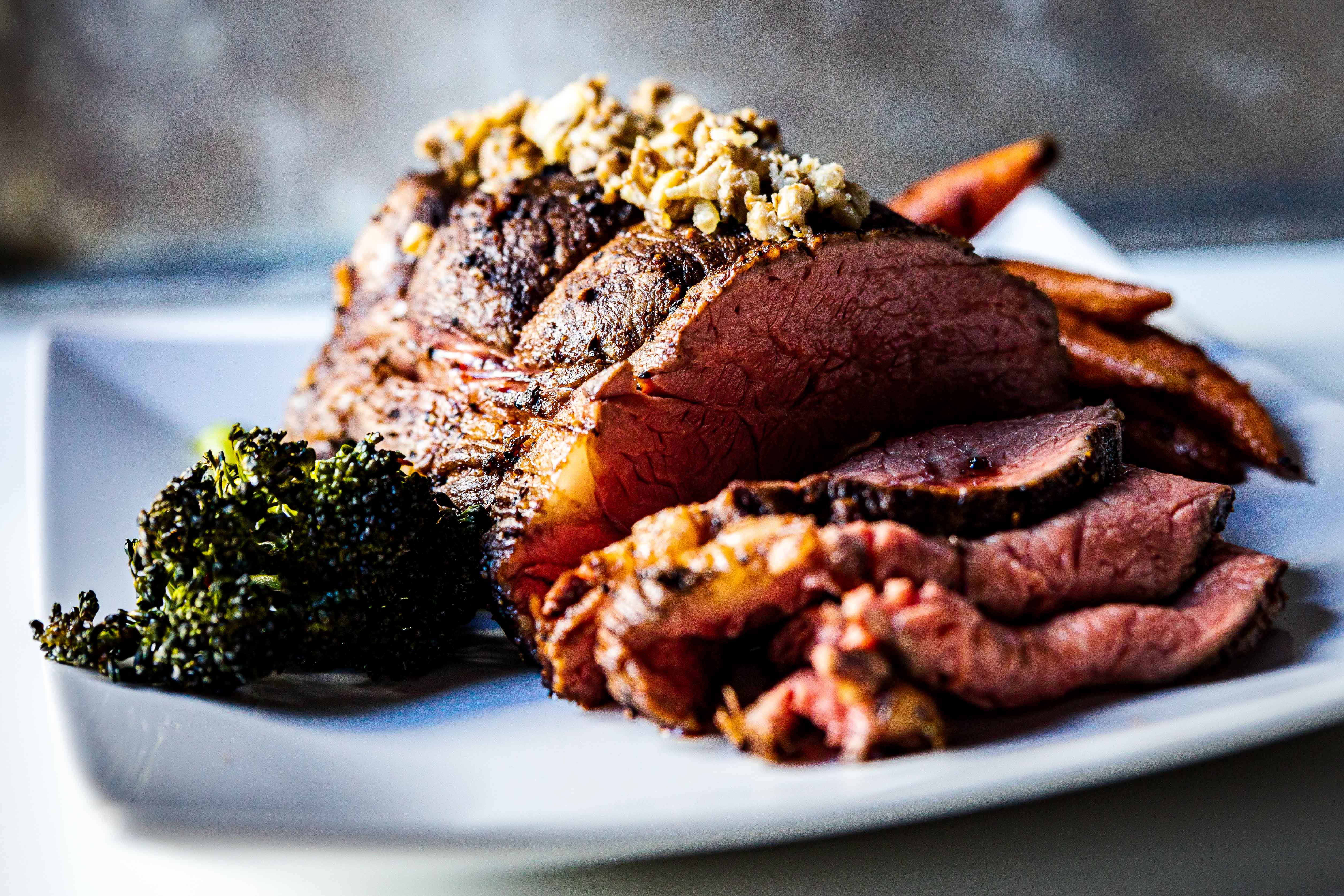
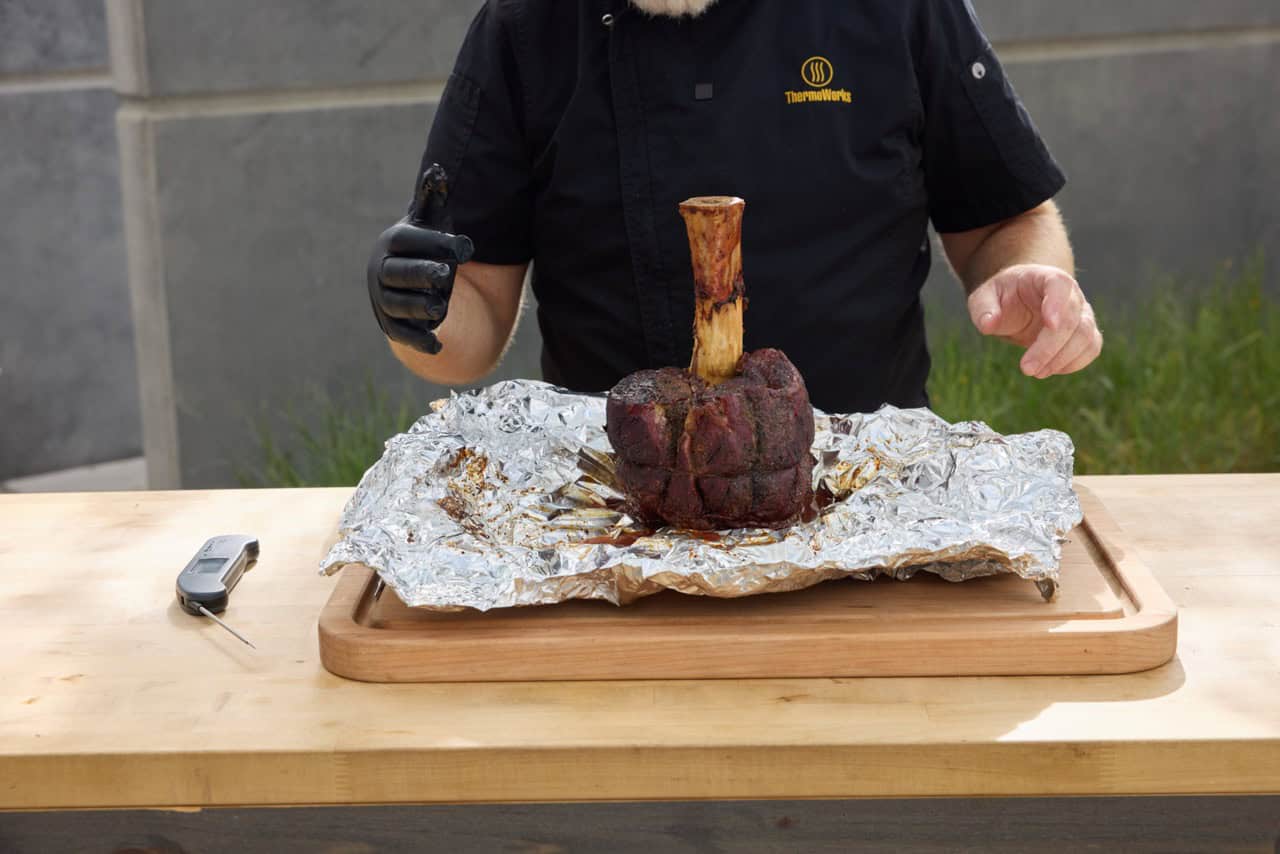
I Thought using this RFX i bought gave me the correct temp, why do I need to use my Thermopen One?
RFX will giv eyou a correct temp…for the locations of the 4 sensors in its tip. But if you have inserted the probe into the meat in such a a way that you’ve missed the thermal center, you may find a colder place with your Thermapen than you do with your RFX MEAT. That doesn’t make the meat probe inaccurate, it jsut means that finding the thermal center on a cold piece of meat isn’t easy. The temperature gradients in the meat can vary wildly, so it’s a good idea to verify your probe placement with Thermapen.